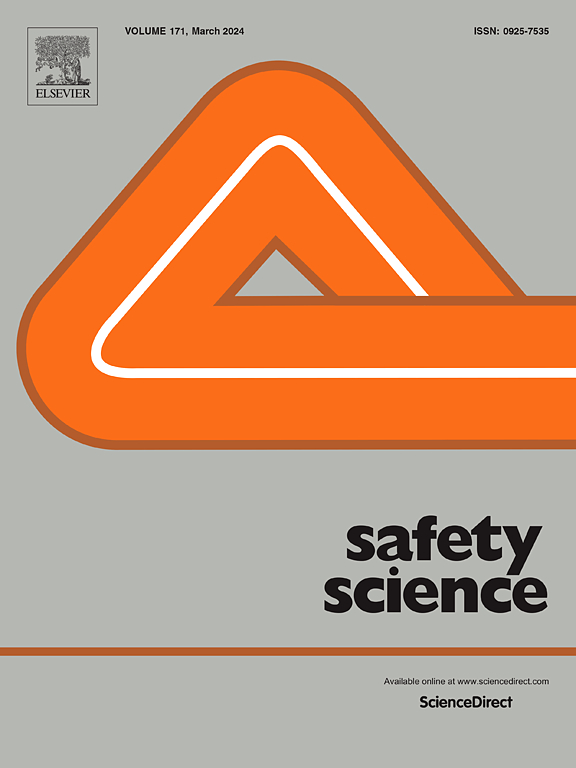A critical analysis of construction incident trends and strategic interventions for enhancing safety
IF 4.7
1区 工程技术
Q1 ENGINEERING, INDUSTRIAL
引用次数: 0
Abstract
Construction projects are subject to uncertainties and hazards that pose significant risks to the health and safety of workers. The number of incidents caused by construction hazards is increasing, indicating an urgent need for more systematic hazard analysis methods and the development of effective preventive measures. Investigating incidents helps identify underlying patterns and trends, which is crucial for preventing recurrence and creating safer workplaces. While previous research has explored hazard investigation and the introduction of modern technologies for hazard prevention and mitigation, there have been limited efforts to analyze construction incident databases and identify the root causes of incidents through case studies. This study aims to address this research gap by conducting a case study that focuses on a database containing records of 10,415 construction incidents from 2014 to 2020 across New South Wales, Australia. The study adopted a two-step methodology, first conducting a descriptive incident analysis, followed by identifying hazard-specific interventions based on a literature review. Analyzing the frequency of occurrence revealed 10 high-risk hazards that caused the highest number of incidents across construction businesses. Falling objects had the highest frequency of occurrence, accounting for 19.59% of all incidents. Analyzing the frequency of incidents by business type also showed that residential construction is the most hazardous business in the construction industry, with 2,057 recorded incidents. This study contributed to the body of knowledge by revealing patterns, trends, and vulnerable areas to help identify the main reasons for the upward trend of incidents and address them with effective interventions.
建筑事故趋势的批判性分析和加强安全的战略干预措施
建筑项目受到不确定因素和危险的影响,对工人的健康和安全构成重大风险。建筑工程危害事故的数量不断增加,迫切需要更系统的危害分析方法和制定有效的预防措施。调查事故有助于确定潜在的模式和趋势,这对于防止再次发生和创造更安全的工作场所至关重要。虽然以前的研究探讨了灾害调查和引入现代技术预防和减轻灾害,但在分析建筑事故数据库和通过案例研究确定事故根本原因方面的努力有限。本研究旨在通过对包含2014年至2020年澳大利亚新南威尔士州10,415起建筑事件记录的数据库进行案例研究,解决这一研究缺口。该研究采用了两步方法,首先进行描述性事件分析,然后根据文献综述确定特定危害的干预措施。通过对事故发生频率的分析,我们发现了导致建筑行业事故发生次数最多的10大高危因素。高空坠物的发生频率最高,占所有事故的19.59%。按行业分类分析事故发生频率也显示,住宅建设是建筑行业中最危险的行业,共发生2057起事故。这项研究通过揭示模式、趋势和脆弱区域来帮助确定事件上升趋势的主要原因,并通过有效的干预措施来解决这些问题,从而形成了知识体系。
本文章由计算机程序翻译,如有差异,请以英文原文为准。
求助全文
约1分钟内获得全文
求助全文
来源期刊

Safety Science
管理科学-工程:工业
CiteScore
13.00
自引率
9.80%
发文量
335
审稿时长
53 days
期刊介绍:
Safety Science is multidisciplinary. Its contributors and its audience range from social scientists to engineers. The journal covers the physics and engineering of safety; its social, policy and organizational aspects; the assessment, management and communication of risks; the effectiveness of control and management techniques for safety; standardization, legislation, inspection, insurance, costing aspects, human behavior and safety and the like. Papers addressing the interfaces between technology, people and organizations are especially welcome.
 求助内容:
求助内容: 应助结果提醒方式:
应助结果提醒方式:


